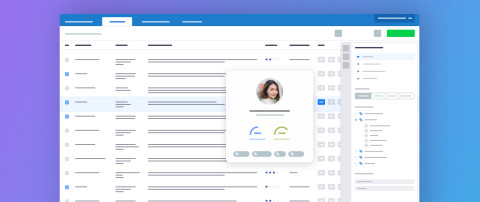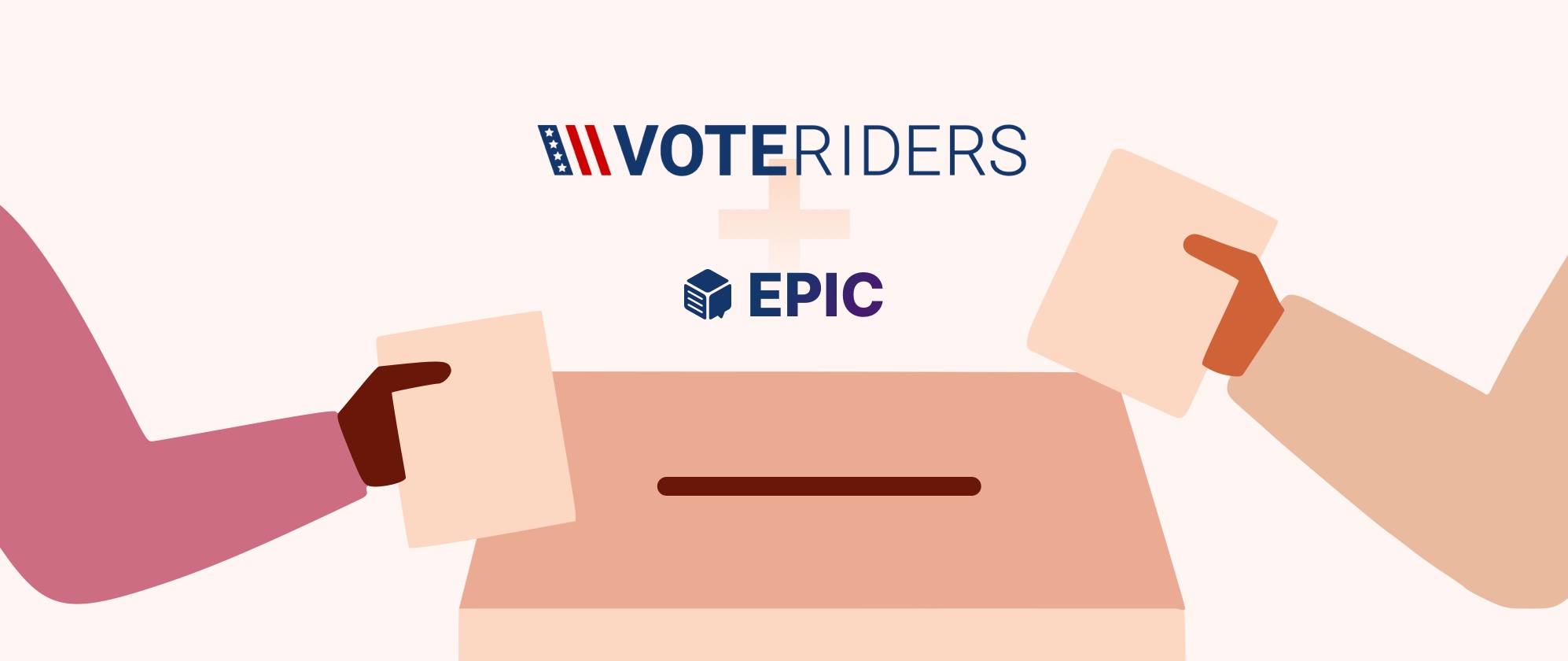
E-discovery platforms have it easy: everyone knows what they are. At the end of the day, an e-discovery platform is a database that hosts the universe of documents related to your case. This universe includes data that’s been collected from your client or third parties and data that has been produced to you. These hosted documents can be searched, reviewed, coded and redacted. As far as access, it’s typical to grant it to members of the case team (in many cases, the more junior members) or you may have an army of contract reviewers conducting a linear review. With some of these platforms, you can even get fancy with TAR or CAL (more on that in future posts). If you need to make a production, you use your e-discovery platform to brand your documents with Bates numbers, add confidentiality designations and package them into a production volume with load files. In a world of exponentially endless data, e-discovery platforms have long ditched “nice to have” status, and are now a fundamental part of a lawyer’s arsenal.
When it comes to our space, the label isn’t quite as clear. Mostly because there are so many of them. For example:
- Case management software: You probably heard of the term case management software. What does that mean? Sometimes, it’s used interchangeably with practice management, but that’s not right. Practice management is about managing and handling the business aspects of law firm -- i.e., managing the practice, not the cases -- such as client intake and billing. Case management software is about managing the substance of your cases. It’s about key evidence, key facts, key issues, key people and key testimony.
- Case analysis software: Maybe you’ve heard of case analysis software, as well. Whereas case management software evokes a high-level dashboard giving you oversight of your caseload, case analysis software suggests a platform that allows lawyers to dig in deeper into their active cases. With case analysis software, you can perform a deep assessment of your evidence, develop case strategies and create actionable work product.
- Case chronology software: Case chronology software is a thing, too. It's a narrower platform, one more focused on the story of your case, allowing you to build a chronology or timeline of key facts, documents and events.
- Litigation management software: How about litigation management software? That’s a thing, but how is it different? The word “litigation” feels narrower than “case,” but practically speaking, litigation management software is built to handle any case or matter that can be handled by case management software. But really, litigation management software is case management software that wants you to know it can handle transcripts.
- Transcript management software: Like case chronology software, transcript management software is focused on a specific aspect of this space: managing transcripts for depositions, hearings, trial and other proceedings.
- Fact management software: Also, similar to case chronology software, but focused on developing and managing the facts of your cases (and typically less focused on documents).
- Investigation management software: Have you heard of investigation management software? Odds are you have, if you’re working in-house or otherwise working on internal investigations, pre-filing enforcement actions, pre-litigation evaluation, and the like.
So what do you call a platform that does all of these things? Well, that’s Everchron (see what I did there?) Ultimately, the differences between these descriptors are marginal. Instead, they point to the same thing: a single category or space that’s fundamentally different than — though complementary to — e-discovery.
Case teams cannot do the work they need to do to run, manage and win cases in an e-discovery platform. That purpose is served by case management software, starting from the outset of a matter and through trial. This is why every e-discovery platform in or expanding into this space builds a separate tool for it. E-discovery serves a distinct purpose, and lawyers need something else for their substantive work. For some (aka many), this is still Word or Excel. But just like the profession outgrew bankers boxes and then Acrobat to get to e-discovery software, it will outgrow (or we would argue it already has outgrown) Office for case management and analysis.
As for us, in the end, we had to pick a label and we decided on a new one: collaborative case management software. In today’s world, adaptation is key. Despite the pandemic subsiding, albeit slowly, 2020 has left its mark. Law firms, legal departments and case teams cannot afford to be unprepared. Now and going forward, they will always need a way to collaborate remotely around the most important aspects of their matters.
And until software in this space is unified under one label (or at least cut down to two or three), the key is to evaluate a product by its features: can it actually do what you need it to do? And that, my dear friends, is what we will cover in our next article.

